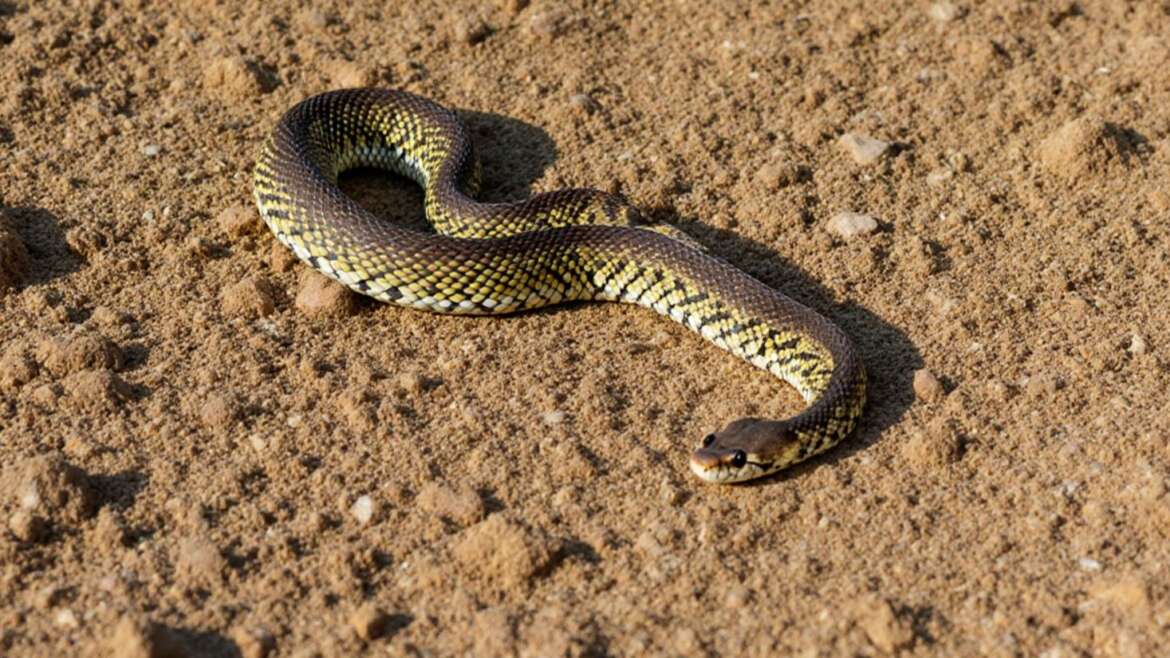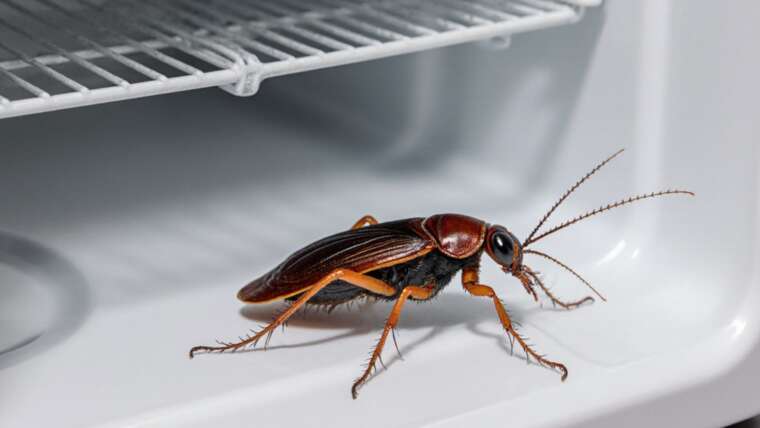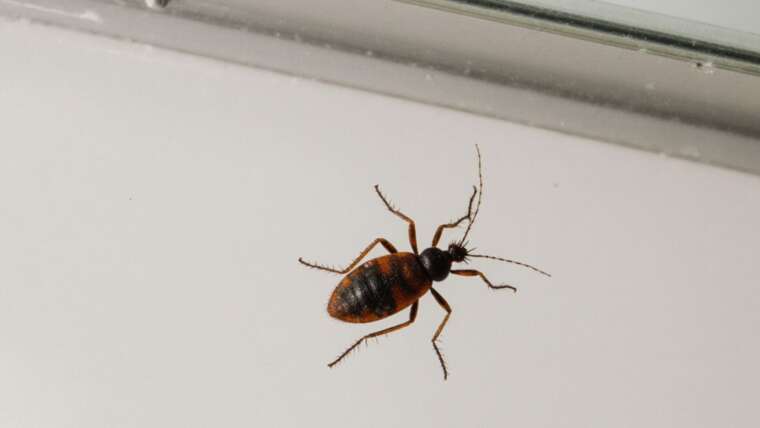Rattlesnakes are some of the most well-known snakes in North America, primarily due to their distinctive rattle and their potent venom. Understanding how far rattlesnakes can strike is crucial for anyone who lives or spends time in their habitats. This article delves deeper into this aspect while providing helpful tips to enhance your experience and safety around these fascinating creatures.
The Anatomy of a Rattlesnake Strike
Rattlesnakes have a unique adaptation that allows them to strike quickly and effectively. Their jaw structure is specially designed to accommodate the rapid movement of their fangs, which can deliver venom in a split second. Typically, a rattlesnake’s strike can reach distances of 1/3 to 1/2 of its body length. For instance, if a rattlesnake measures 6 feet in length, it can strike effectively up to 2 feet away.
Tip: Observe from a Distance
If you encounter a rattlesnake, maintain a safe distance of at least 6 feet to enjoy observing its behavior while keeping yourself safe.
Venom Delivery Mechanism
When a rattlesnake strikes, it employs a unique mechanism that allows for efficient venom delivery. Their fangs are hollow and inject venom through tiny openings at the tips, which acts as a means of subduing prey. The effectiveness of their venom varies between species, with some species having more potent venom than others.
Fact: Rattlesnake Venom is a Complex Mixture
Rattlesnake venom contains enzymes and toxins that affect the blood’s ability to clot, leading to immediate incapacitation of prey. Some venoms can even cause severe tissue damage.
Factors Influencing Strike Range
The distance a rattlesnake can strike depends on several factors, including the snake’s health, age, and environmental conditions. Younger rattlesnakes often have a faster metabolism and may strike more quickly, while older snakes tend to conserve energy and may strike more selectively.
Tip: Young vs. Adult Rattlesnakes
Keep in mind that younger rattlesnakes might pose a greater risk of unpredictable behavior. Always exercise caution, especially when hiking in areas populated by various snake species.
Behavioral Aspects of Rattlesnake Strikes
Rattlesnakes typically prefer to avoid confrontation and will often rattle as a warning before striking. This behavior is a defense mechanism, allowing them to alert potential threats of their presence. Only when they feel threatened will they strike, usually aiming for the perceived danger.
Fact: Rattling is Not Just a Warning
Interestingly, the noise of the rattle also serves to mimic the sound of other dangerous creatures, potentially deterring predators.
Safety Tips Around Rattlesnakes
If you’re active in areas where rattlesnakes are common, knowing how to safely coexist is essential. Wearing appropriate footwear and remaining vigilant while hiking can mitigate your chances of an encounter. If a rattlesnake is encountered, it’s best to back away slowly rather than attempt to engage, as sudden movements can provoke a strike.
Tip: Use a Snake-Bite Kit
Consider carrying a snake-bite kit when hiking in rattlesnake territories. While immediate medical attention is crucial, these kits can provide additional safety measures if you are in a remote area.
Conclusion
Understanding the distance a rattlesnake can strike is vital for anyone who circles these mesmerising reptiles. While respecting their habitat and keeping a safe distance can contribute to safer interactions, it’s equally important to appreciate the ecological role that rattlesnakes play. By employing precautionary measures and intelligent observation, you can enjoy the beauty of nature while remaining safe and informed.
Additional Resources
For those interested in learning more about rattlesnakes, consider local wildlife guides or educational websites dedicated to herpetology. These resources can provide more comprehensive information about the biology and behavior of rattlesnakes, along with tips for safe enjoyment of the outdoors.
Final Tip: Educate Others
Share your knowledge about rattlesnakes with friends and family to promote awareness and safety in outdoor settings. Education is a powerful tool in reducing fear and fostering respect for these remarkable creatures.





